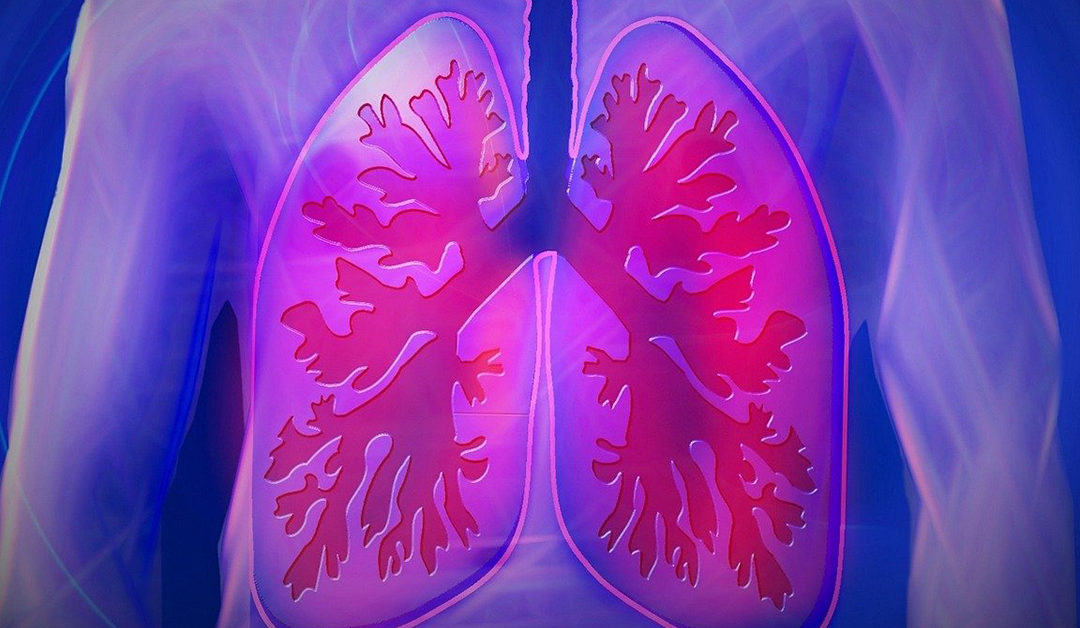Contributed by Jim Nelson, consultant to CAIRE Inc. ~
Chronic Obstructive Pulmonary Disease (COPD) is the third largest killer of Americans, after only heart disease and cancer. Further, it is the only one of the major diseases that is increasing. It has been known for many years that smoking is the major cause of the disease, but COPD is generally a disease of the elderly.
After damage has been done to the lungs from exposure to smoke or other irritants, it takes years to develop to the point that it interferes with the daily activities of the patient. The extreme slowness with which the disease makes itself known contributes to its danger. Of the four stages of COPD, the patient is usually in the late second or early third stage before the limitations of the lung disease drive them to seek medical help.
That gradual onset of symptoms is so subtle that the patient and those close to them really do not notice the difference on a daily, weekly, or even a monthly basis. Rather, the activity levels gradually change to accommodate the increased shortness of breath and the inability to perform physically that comes with the damage to the breathing apparatus. Likewise, the thought processes of those involved tend to adapt to the new reality, the loss of strength and physical activity.
The exception to the rule of the gradual decline is the exacerbation. When infection strikes, if pneumonia lays the patient low, the loss of breathing ability becomes very apparent. It is such an event that normally forces the patient toward medical help, and typically, their first diagnosis. The diagnosis of a chronic, progressive disease often comes as a shock, because the patient has grown accustomed to the new normal.
At the point of the diagnosis, the patient is faced with a choice. Facing a future of emphysema and bronchitis, an easy choice is to go home, sit down, pull the shades, and wait to die. That is a choice that is made by many. It is easy, it is simple, and it relieves one of a great deal of responsibility. To do anything else would involve effort, and effort is something that has usually left the building at that point.
Another choice, and the one that I constantly urge people to take, is to learn as much as possible about the disease. What should be expected? What can be done to alleviate symptoms? What about exercise? Is exercise even possible? Will supplemental oxygen be necessary? All the time? What will people think?
Well, first, most people will not give a hoot whether you are wearing an oxygen cannula. Anyone out in public with a cannula and an oxygen bottle or a portable concentrator should be congratulated for taking good care of themselves. The questions about prognosis and treatment are best answered by a pulmonologist. They are remarkably knowledgeable about the treatment of COPD.
Lastly, we must speak of exercise. As hard as it sounds, a regular exercise regimen can make a tremendous difference in the ability of the patient to remain active. The stronger the patient can stay, the more they will be able to do, and the greater their quality of life will be. It is vital to stay as strong as possible, as adherent as possible to medications, in order to ward off the exacerbations, and to withstand them when and if they do strike. It is very difficult to recover to a former level of conditioning after an exacerbation. Without a great deal of effort, each setback tends to drop the patient’s lung function level to a new low. It is so much better to avoid them altogether.
It is vital for the patient and the caregiver to realize that they are not alone. There are medical professionals and support groups and fellow patients and caregivers who are ready and willing to help, to advise.
Check out the long list of resources and support groups I shared in a recent post on Loneliness.
You’ll be glad you did.
~ Uncle Jim
Jim Nelson is a double lung transplant recipient and a patient advocate for COPD patients throughout the U.S. and around the world. He and his wife, Mary, are well known patient advocates and brand ambassadors for those organizations who tirelessly endeavor to help those individuals who suffer from a variety of respiratory diseases and the caregivers who support them.
If you have been prescribed oxygen therapy, learn more about CAIRE by visiting www.caireinc.com/patients or calling 1-877-704-0878 to talk to an oxygen advisor.
The contents of this blog post are not intended to substitute for professional medical advice. Please consult your physician for personalized medical advice. When using any oxygen therapy device please consult the applicable product instructions for use for product indications, contraindications, warnings, precautions, and detailed safety information.

